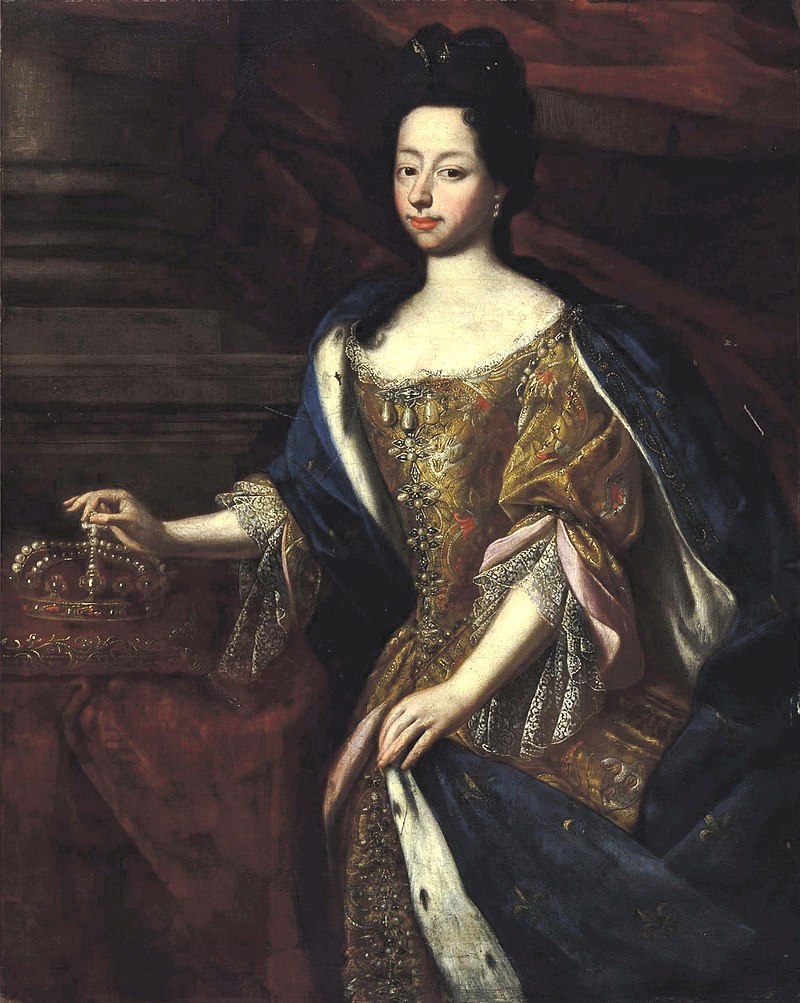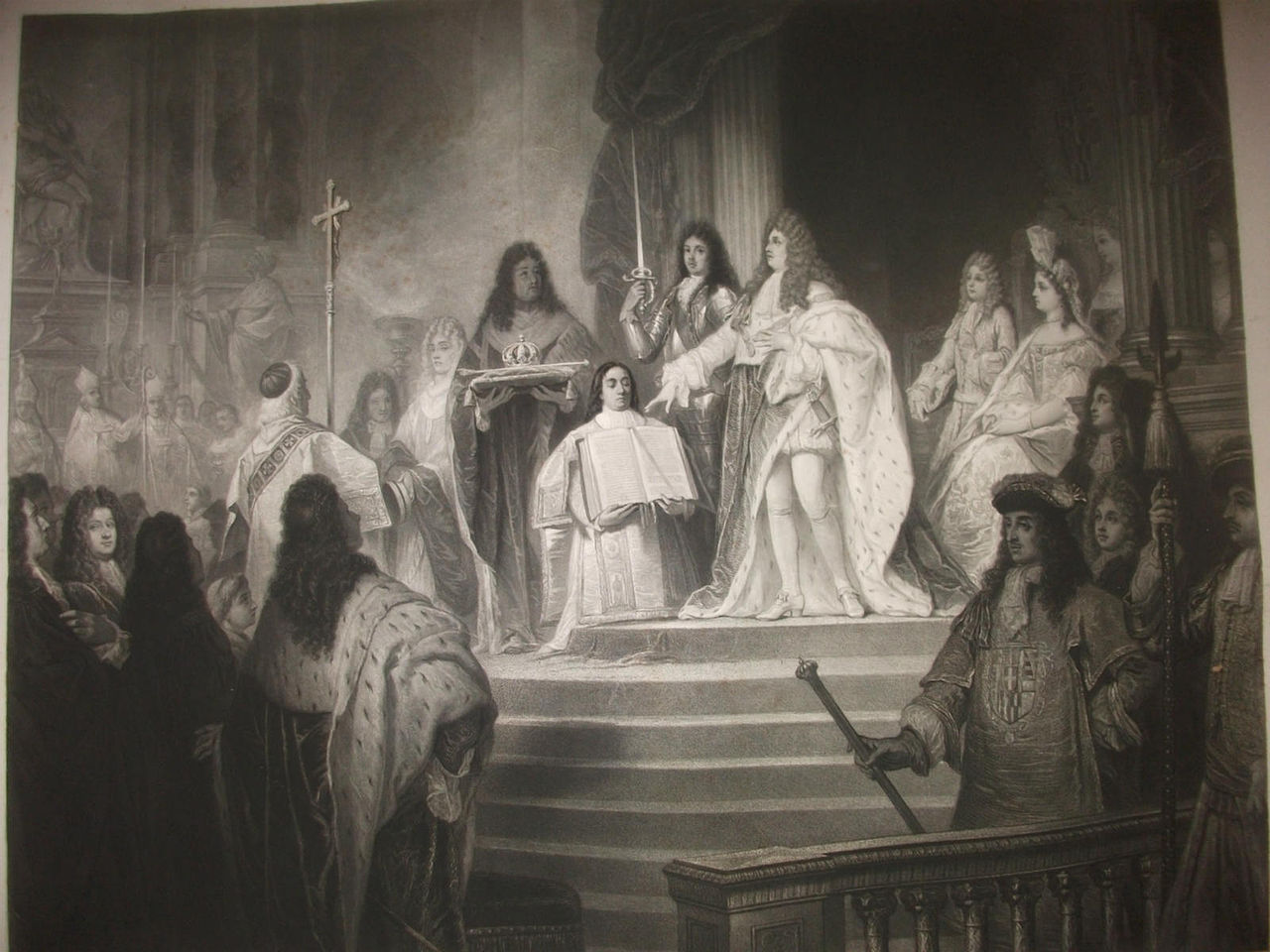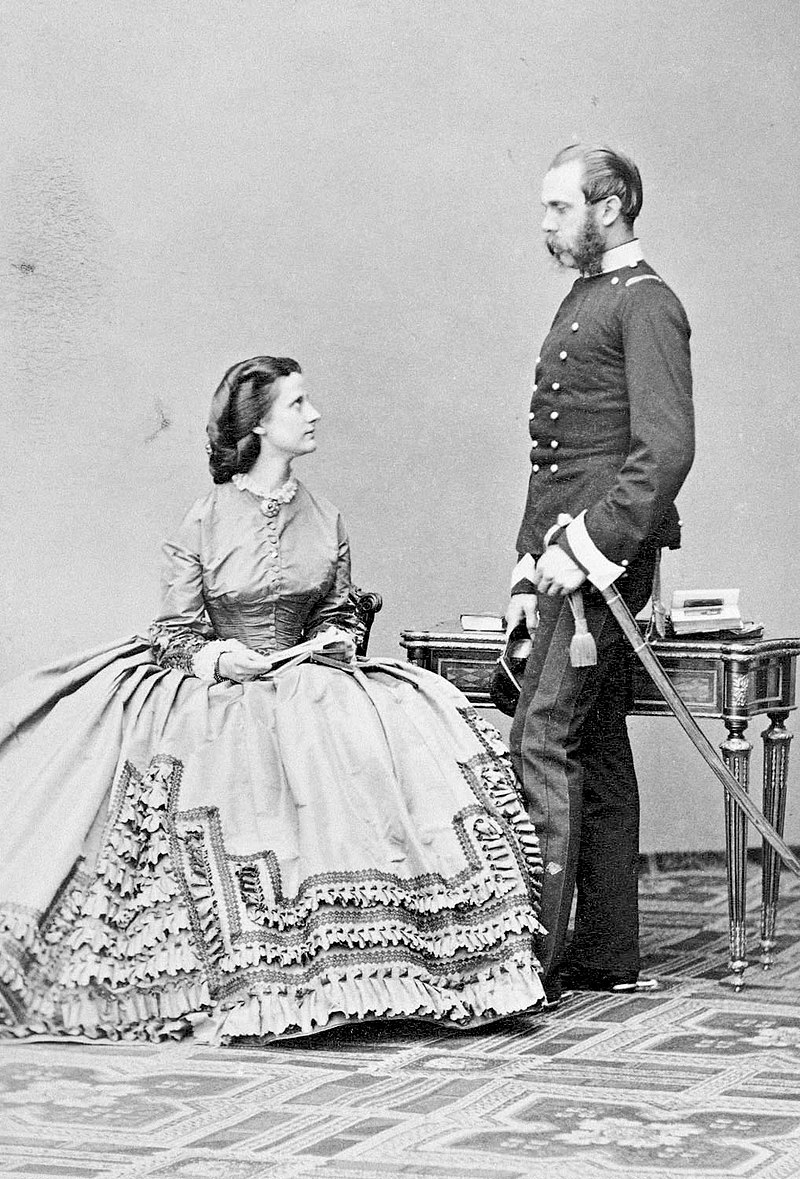by Susan Flantzer
© Unofficial Royalty 2021
The Kingdom of Sardinia: The House of Savoy had been Counts and then Dukes of Savoy, since the 11th century and ruled from the city of Turin, now in northern Italy. Vittorio Amedeo II, Duke of Savoy became King of Sicily in 1713 as a result of his participation in the War of the Spanish Succession. However, in 1720, Vittoria Amedeo II was forced to exchange the Kingdom of Sicily for the less important Kingdom of Sardinia after objections from the Quadruple Alliance (Great Britain, France, Habsburg Austria, and the Dutch Republic).
Sardinia, now in Italy, is the second-largest island in the Mediterranean Sea after Sicily, also now in Italy, but the Kings of Sardinia of the House of Savoy ruled from Turin, the capital of the Duchy of Savoy. They styled themselves as Kings of Sardinia because the title was superior to their original lesser title as Dukes of Savoy. However, they retained the regnal numerical order of the Dukes of Savoy.
Vittorio Emanuele II became the last King of Sardinia upon the abdication of his father in 1849. He then became a driving force behind the Italian unification movement along with Giuseppe Garibaldi, a general and nationalist, and Giuseppe Mazzini, a politician and journalist. Garibaldi conquered Naples and Sicily, the territories of the Kingdom of Two Sicilies, while the Sardinian troops occupied the central territories of the Italian peninsula, except Rome and part of Papal States. With all the newly acquired land, Vittorio Emanuele II was proclaimed the first King of the new, united Kingdom of Italy in 1861.
********************

Polyxena of Hesse-Rheinfels-Rotenburg, Queen of Sardinia; Credit – Wikipedia
Polyxena of Hesse-Rheinfels-Rotenburg was the second of the three wives, all of whom died young, of Carlo Emanuele III, King of Sardinia. Given the names Polyxena Christina Johanna, she was born on September 21, 1706, in Langinswalbach, Landgraviate of Hesse-Rheinfels-Rotenburg, now Bad Schwalbach in the German state of Hesse. Polyxena was the eldest of the six daughters and the second of the ten children of Ernst II Leopold, Landgrave of Hesse-Rotenburg and Eleonore Maria Anna von Löwenstein-Wertheim.
Polyxena had nine siblings:
- Joseph, Hereditary Prince of Hesse-Rheinfels-Rotenburg (1705 – 1744); married Princess Christina of Salm, had four children
- Magdalene Leopoldina of Hesse-Rheinfels-Rotenburg (1707 – 1708), died in infancy
- Wilhelm of Hesse- Rheinfels-Rotenburg (born and died 1708), died in infancy
- Sophie of Hesse- Rheinfels-Rotenburg (1709 – 1711), died in infancy
- Franz Alexander of Hesse-Rheinfels-Rotenburg (1710–1739), unmarried, killed in the Battle of Grocka
- Eleonora of Hesse-Rheinfels-Rotenburg (1712 – 1759), married Johann Christian, Count Palatine of Sulzbach, no children
- Caroline of Hesse-Rheinfels-Rotenburg (1714 – 1741), married Louis Henri, Prince of Condé, Duke of Bourbon, had one son
- Constantine, Landgrave of Hesse-Rheinfels-Rotenburg, (1716 – 1778), his father’s successor, married (1) Sophia von Starhemberg, had eleven children (2) Countess Johanna Henriette de Bombelles
- Christine of Hesse-Rheinfels-Rotenburg (1717 – 1778), married Luigi Vittorio of Savoy, 4th Prince of Carignano, had nine children including Marie Thérèse Louise of Savoy, Princesse de Lamballe whose close friendship with Marie Antoinette, Queen of France led to her brutal death during the French Revolution

Polyxena’s husband Carlo Emanuele III, King of Sardinia; Credit – Wikipedia
In 1723, Carlo Emanuele of Savoy, Prince of Piedmont, the future Carlo Emanuele III, King of Sardinia, proposed marriage with Polyxena. Carlo Emanuele’s first wife Anna Christine of Sulzbach, a cousin of Polyxena, died of childbirth complications on March 12, 1723, shortly after the birth of her only child Prince Vittorio Amedeo Teodoro of Savoy. After a proxy marriage on July 23, 1724, in Rotenburg, Landgraviate of Hesse-Rheinfels-Rotenburg, now in Hesse, Germany, Polyxena and Carlo Emanuele were married in person on August 20, 1724, in Thonon-les-Bains, Chablais, then a province of the Duchy of Savoy, now in France. When her husband became King of Sardinia in 1730, Polyxena became Queen of Sardinia.
Polyxena was entrusted with the care of her stepson Prince Vittorio Amedeo Teodoro. She became very attached to him and greatly mourned his death on August 11, 1725. Polyxena had had a close relationship with her mother-in-law Anne Marie d’Orléans. The two often stayed at the Villa della Regina outside the capital of Turin, where Anne Marie died in 1728.

Polyxena with her two eldest children, Eleonora and Vittorio Amedeo; Credit – Wikipedia
Polyxena and Carlo Emanuele had six children:
- Vittorio Amedeo III, King of Sardinia (1726 – 1796), married Infanta Maria Antonia Ferdinanda of Spain, had twelve children
- Princess Eleonora of Savoy (1728 – 1781), unmarried
- Princess Luisa of Savoy (1729 – 1767), unmarried
- Princess Maria Felicita of Savoy (1730 – 1801), unmarried
- Prince Emanuele Filiberto of Savoy, Duke of Aosta (1731 – 1735), died in childhood
- Prince Carlo of Savoy, Duke of Chablais (born and died 1733)

The children of Carlo Emanuele and his second wife Polyxena; (L-R) Eleonora; Vittorio Amedeo; Maria Felicita and Luisa; Credit – Wikipedia
Polyxena was active in charity work, founding a home for young mothers in Turin in 1732. She worked with Italian architect Filippo Juvarra, the architect of the great Basilica of Superga in Turin, to remodel and renovate buildings including the Villa della Regina and the Palazzina di Stupinigi. She was also the patroness of the painter Giovanni Battista Crosato.
In 1733, Polyxena gave birth to her last child Prince Carlo of Savoy, Duke of Chablais, who lived a little over five months. She fell seriously ill in June 1734, and died at the Royal Palace in Turin, Duchy of Savoy, now in Italy, on January 13, 1735, aged 28. Polyxena was first buried in the Cathedral of Saint John the Baptist in Turin and was moved to the Basilica of Superga in Turin in 1786.

Basilica of Superga; Credit – By Paris Orlando – Own work, CC BY-SA 4.0, https://commons.wikimedia.org/w/index.php?curid=74180727
Two years after Polyxena’s death, her widower married Elisabeth Therese of Lorraine, the daughter of Leopold Joseph, Duke of Lorraine and Élisabeth Charlotte d’Orléans the daughter of King Louis XIV of France’s only sibling Philippe I, Duke of Orléans and his second wife Elizabeth Charlotte of the Palatinate, known as Liselotte. Sadly, like Carlo Emanuele III’s first two wives, Elisabeth Therese also died young, dying in 1741, aged 29, from puerperal fever (childbed fever), thirteen days after giving birth to her third child, her only child who survived childhood.
This article is the intellectual property of Unofficial Royalty and is NOT TO BE COPIED, EDITED, OR POSTED IN ANY FORM ON ANOTHER WEBSITE under any circumstances. It is permissible to use a link that directs to Unofficial Royalty.
Works Cited
- De.wikipedia.org. 2021. Ernst II. Leopold (Hessen-Rotenburg) – Wikipedia. [online] Available at: <https://de.wikipedia.org/wiki/Ernst_II._Leopold_(Hessen-Rotenburg)> [Accessed 19 June 2021].
- En.wikipedia.org. 2021. Polyxena of Hesse-Rotenburg – Wikipedia. [online] Available at: <https://en.wikipedia.org/wiki/Polyxena_of_Hesse-Rotenburg> [Accessed 19 June 2021].
- Flantzer, Susan, 2021. Carlo Emanuele III, King of Sardinia. [online] Unofficial Royalty. Available at: <https://www.unofficialroyalty.com/carlo-emanuele-iii-king-of-sardinia/> [Accessed 19 June 2021].
- It.wikipedia.org. 2021. Polissena d’Assia-Rheinfels-Rotenburg – Wikipedia. [online] Available at: <https://it.wikipedia.org/wiki/Polissena_d%27Assia-Rheinfels-Rotenburg> [Accessed 19 June 2021].
- Ru.wikipedia.org. 2021. Поликсена Гессен-Рейнфельс-Ротенбургская — Википедия. [online] Available at: <https://ru.wikipedia.org/wiki/%D0%9F%D0%BE%D0%BB%D0%B8%D0%BA%D1%81%D0%B5%D0%BD%D0%B0_%D0%93%D0%B5%D1%81%D1%81%D0%B5%D0%BD-%D0%A0%D0%B5%D0%B9%D0%BD%D1%84%D0%B5%D0%BB%D1%8C%D1%81-%D0%A0%D0%BE%D1%82%D0%B5%D0%BD%D0%B1%D1%83%D1%80%D0%B3%D1%81%D0%BA%D0%B0%D1%8F> [Accessed 19 June 2021].


































